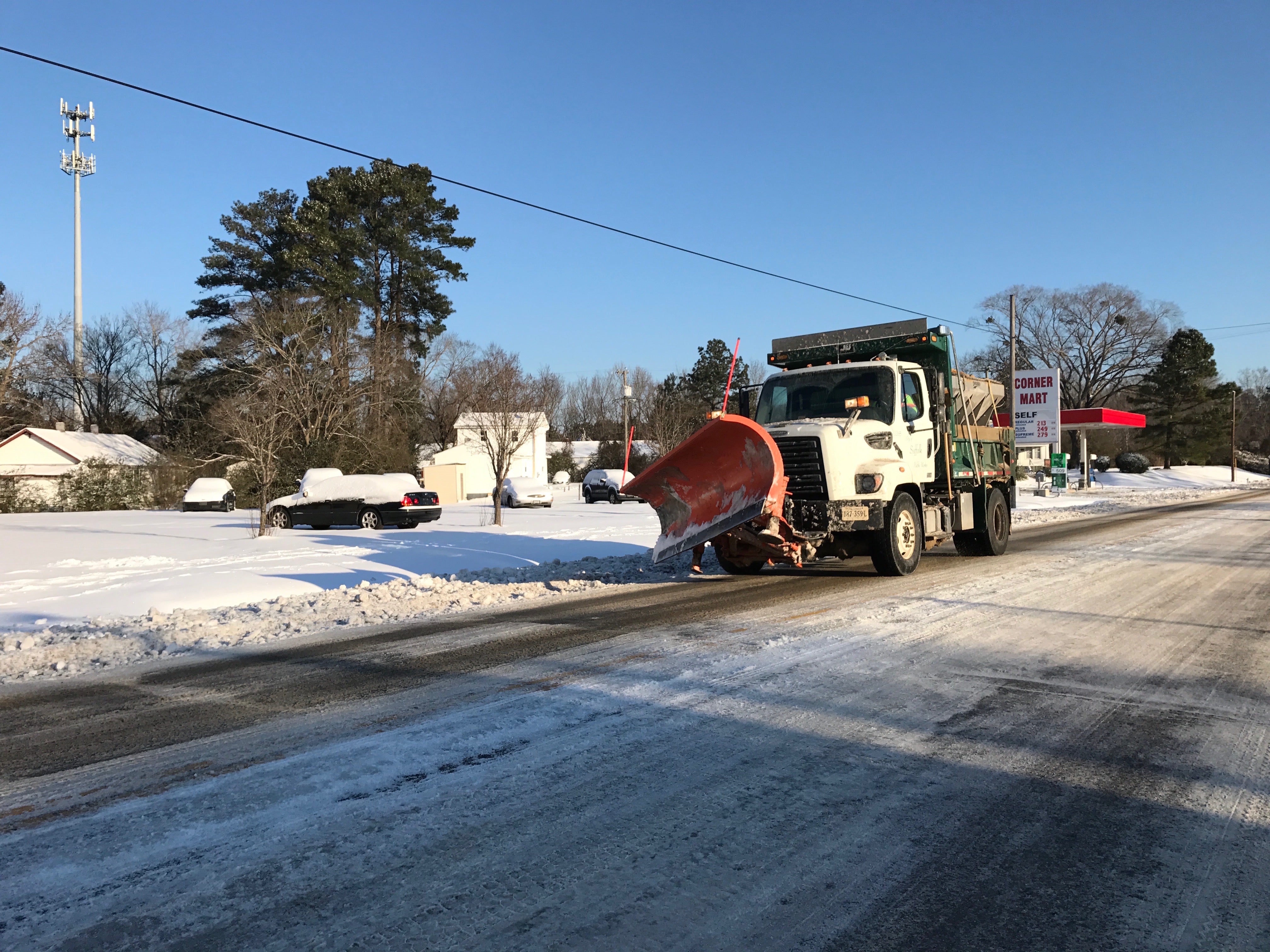Pair of local sites named to register
Published 12:00 am Tuesday, February 14, 2006
Two local landmarks have been named to the National Register of Historic Places.
Cedar Hill Cemetery, established in the heart of downtown Suffolk in 1802, and the former Joel E. Harrell and Son Co. pork-processing facility, built in 1941, were two of 15 state landmarks named to the National Park Service’s register this month, said Marc Wagner, who oversees the state registry. Both facilities were added
to the Virginia Landmarks Register in December.
Cedar Hill Cemetery continued to expand throughout the 19th century, finally reaching its current size by 1910, Wagner said. Graves within the cemetery include varying types of well-crafted mausoleums, tombstones, and tombs from the 19th- and 20th-centuries.
The park service cited the cemetery’s significance as an example of public cemetery planning and funerary artwork in southeast Virginia and Suffolk, Wagner said.
Harrell and Son, a family-based operation of one of the six commercial pork-processing facilities in the Suffolk region by the beginning of the 1940s, coined the signature phrase, “Ye Old Virginny Ham,” Wagner said. The popular phrase became representative
of traditional Virginia ham, he said.
The park service cited the building’s significance for its association with an agricultural product that has been important to the area’s economy while boosting southeastern Virginia’s regional identity nationwide, Wagner said.
Sue Woodward, president of the Suffolk-Nansemond Historical Society, praised the actions.
“It is a nice honor for Cedar Hill,” said Woodward. Also, the tax credits that can stem from the historic designation may be helpful to the people who recently bought former ham plant.
There are nearly 2,400 resources in Virginia listed on the National Register, the nation’s official list of cultural resources worthy of preservation, Wagner said. Properties listed on the state and national registers include districts, sites, buildings, structures, and objects that are significant in American history, architecture, archaeology, engineering, and culture.
Listing on either the national or state registers places no restrictions on the owner’s use of the property, he stressed. Listing is completely honorary in both cases. Registration is an educational act designed to identify historic resources and encourage, but not require, their preservation.
Contact Williams at allison.williams@suffolknewsherald.com



